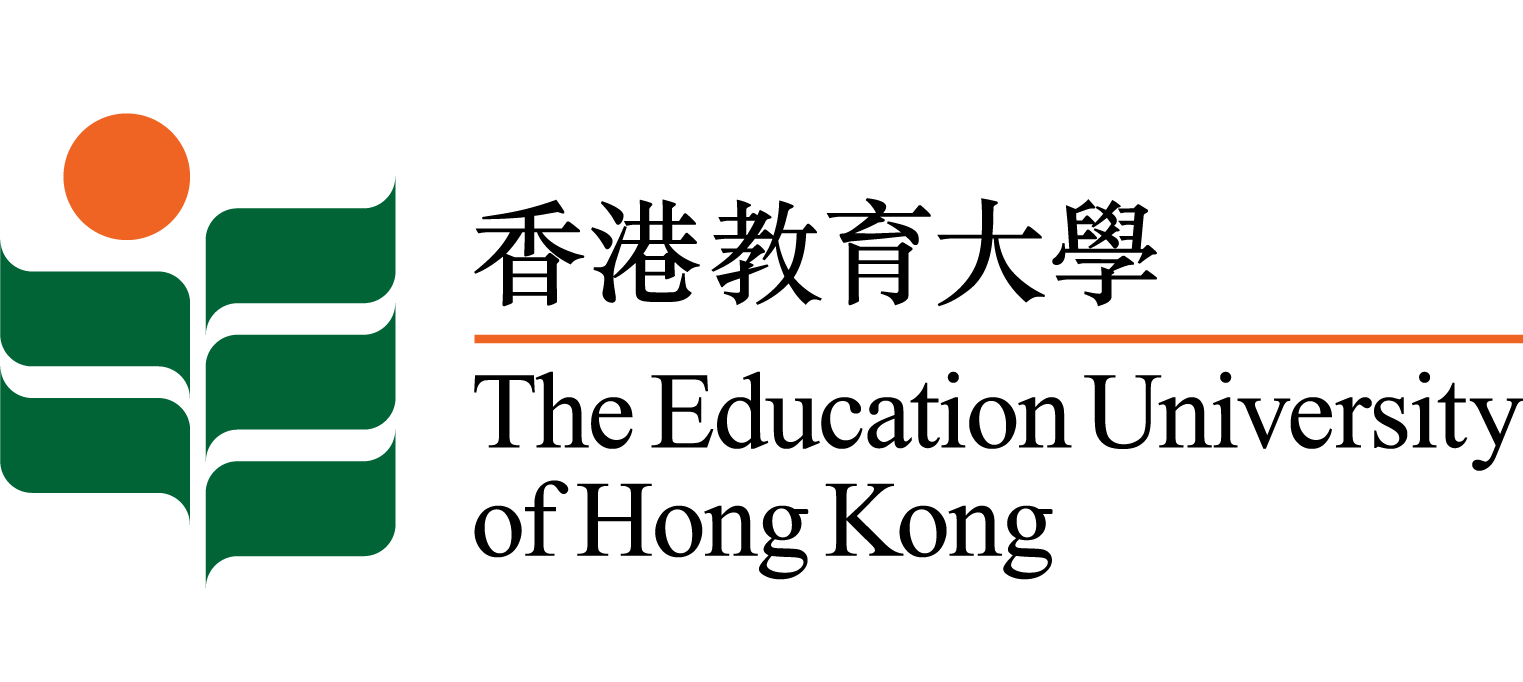Conference Papers
A comparison of secondary school mathematics textbooks in the mainland China, Taiwan, Korea and Hong Kong: The case of combinatorics learning
- A comparison of secondary school mathematics textbooks in the mainland China, Taiwan, Korea and Hong Kong: The case of combinatorics learning
- 2017 Hong Kong Mathematics Education Conference (2017: The Education University of Hong Kong, Hong Kong)
-
- China
- Taiwan
- Hong Kong
- Korea
-
- 1997.7 onwards
-
- Secondary Education
- Use of Textbooks: Textbooks, which reflects the curriculum, are an important informant to portray the intended curriculum (Johansson, 2003). They are absolutely a valuable source for teachers (Stodolsky, 1999; Remillard, 2005; Tarr et al., 2006). The research on textbooks benefits substantively to the understanding of a curriculum in a particular region (Thaqi & Gimenez, 2016). Outstanding Performance in Some Regions: Mathematics learning in some Asian regions interests many educators, as the students from these regions have outperformed others in several worldwide mathematical assessments. The PISA report highlights that more than a quarter of students from each of the top-performing regions: Beijing-Shanghai-Jiangsu-Guangdong (China), Hong Kong (China) and Chinese Taipei could mathematically verbalize complicated problems (Organization of Economic Co-operation and Development, 2016). Another renowned international assessment TIMSS also shows that almost half (i.e. 47-49%) of students at Secondary 2 in South Korea, Taiwan and Hong Kong reach the advanced international benchmark (Mullis et al., 2012). The textbooks adopted by these Asian countries or regions are definitely worth referencing. Textbook Content Analysis: This study selected one textbook from each of these Asian regions and their content was decoded according to a proposed framework called Assessment-Background-Content textbook analysis, which was developed from the textbook context analysis of Incikabi & Tjoe (2013), Huntley (2008), Alajmi (2012) and National Research Council (2004). Textbooks were coded according to their lesson components. Pickle (2012) adapted from Jones’s (2004) coding suggested ten lesson components in identifying units in the textbooks. The ten components include description, definition, question, activity, worked example, oral exercise, follow-up practice, highlight, project, and reflection (Pickle, 2012, p.51). Textbooks in Asian Regions: The proposed presentation will compare the mathematics textbooks in four regions under the content of combinatorics. It was found that the ratio between the number of worked examples and that of follow-up practice problems reaches as high as 1:2 for the Korean textbook, as compared to 1:1 for both the Taiwanese and Hong Kong textbooks. On the other hand, the Mainland China textbook was only 1:0.2, yet filled with thought-provoking questions for the development and student generalization of mathematics concepts.
- Paper presented at the 2017 Hong Kong Mathematics Education Conference, The Education University of Hong Kong, Hong Kong.
-
- English
- Conference Papers
- https://bibliography.lib.eduhk.hk/bibs/b010c44e
- 2017-12-18
Recent Conference Papers
共同成功: 促進香港主流和非主流學生的福祉及學校與社會參與Conference Papers
語料庫在提升古代漢語教學效果中的角色Conference Papers
紀行致遠:香港融合教育回顧與展望Conference Papers
Comparing the effectiveness of an emotion regulation intervention for preservice teachers in Canada and Hong KongConference Papers
What we learnt from training Hong Kong teacher leaders about national educational system and development in mainland ChinaConference Papers
Closing the learning gap for ethnic minority children: A case study of early childhood education in Hong KongConference Papers
Supporting teacher leadership and growthConference Papers
Teaching Hong Kong literatureConference Papers



 EdLink
EdLink